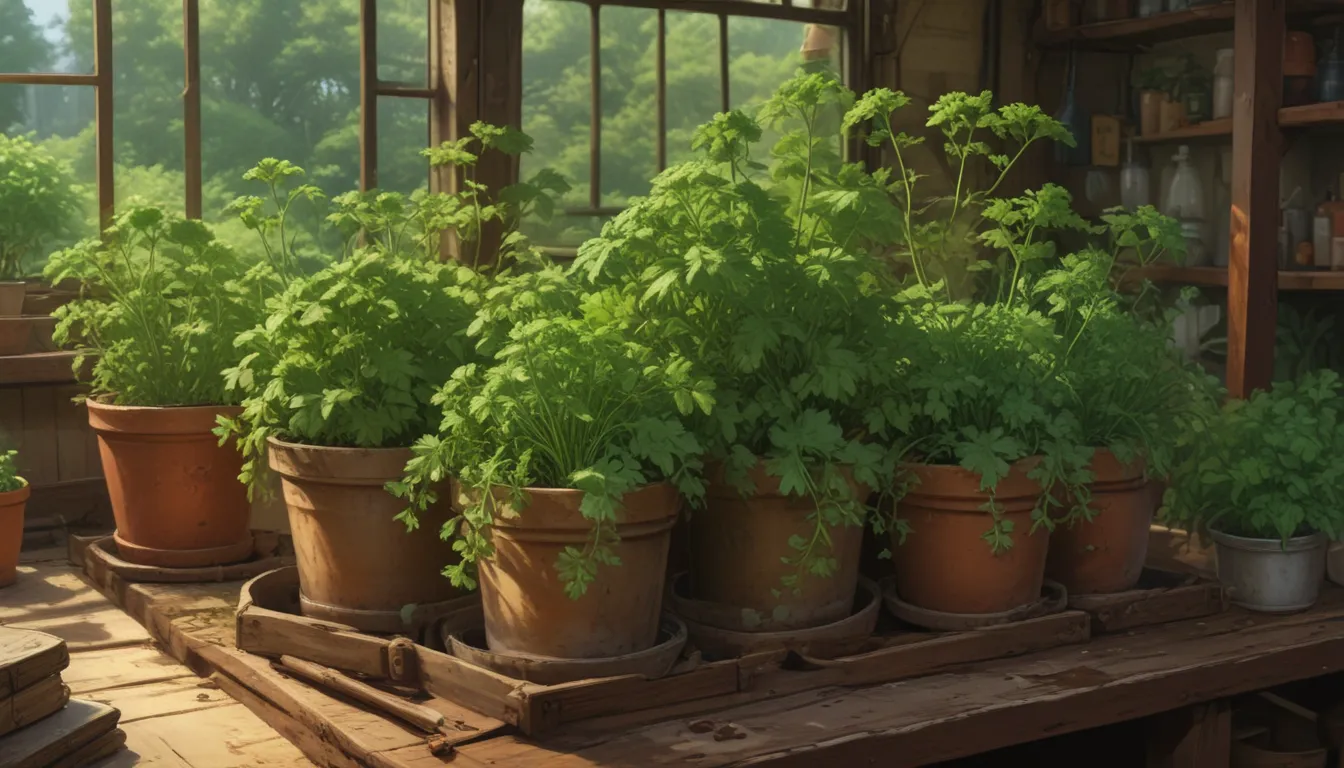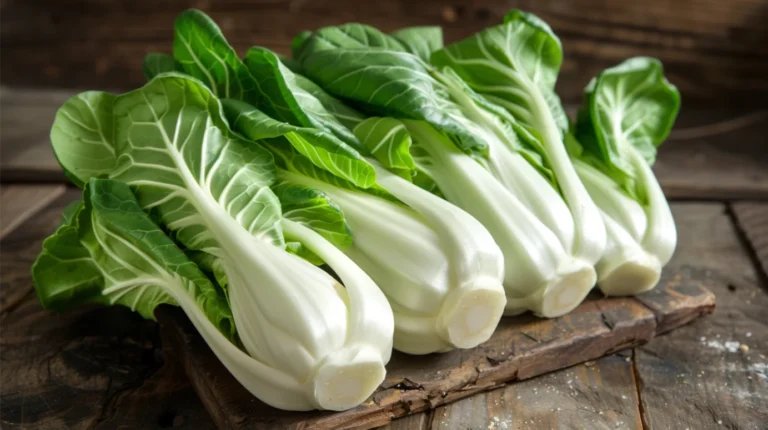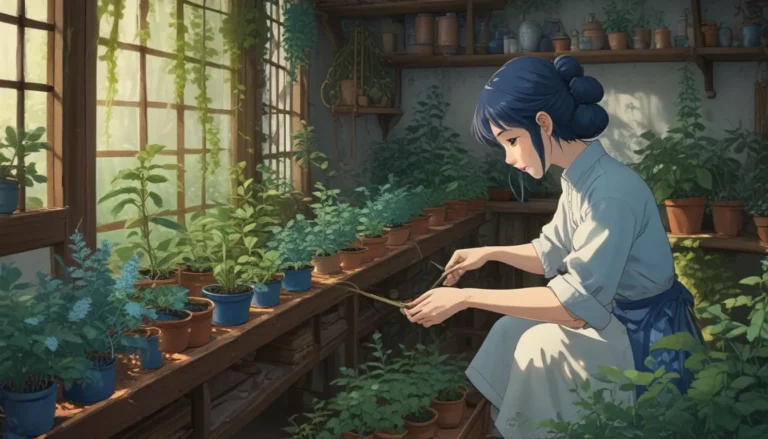Mastering Parsley: A Complete Guide to Growing and Harvesting in Containers

Are you looking to add a touch of flavor to your dishes straight from your home garden? Look no further than parsley! This aromatic herb is not only fast-growing but also highly nutritious and flavorful, making it a must-have in any kitchen garden. The best part? You can easily cultivate parsley in pots or planters right at home for a convenient and readily available supply.
In this in-depth guide, we’ll walk you through everything you need to know to successfully grow parsley in containers. From choosing the right variety to harvesting your plants, we’ve got you covered. So, grab your gardening tools and let’s get started on your parsley-growing journey!
Why Choose Parsley for Containers?
Parsley is a versatile herb that adds a savory flavor to a wide variety of dishes, from herbed butters to hearty stews. With its two most commonly cultivated varieties – curly and flat-leaf – parsley makes an excellent choice for container gardening. Curly parsley is often used as a decorative garnish, while flat-leaf parsley is preferred for its brighter, more intense flavor, perfect for culinary use.
Not only are parsley leaves best enjoyed fresh, but they can also be frozen or dried for later use. These cold-tolerant plants can even overwinter as biennials in the right conditions, providing a late-season crop before going to seed.
How to Grow Parsley in Pots and Containers
Let’s dive into the essential steps to grow parsley in containers successfully:
- Curly or Flat Leaf: Choose between curly leaf parsley, which grows eight to 12 inches tall and is perfect for garnishing, or flat-leaf parsley, which is preferred by chefs for its intense flavor and easy handling.
- Indoor Seeding: Start seeds indoors 6 to 10 weeks before the last frost, and transplant them once warm temperatures arrive. Consider soaking the seeds in warm water for better germination.
- Container Care: Select containers that are at least 12 inches deep to accommodate parsley’s deep taproots. Ensure the soil is moist but well-draining, with a slightly acidic to neutral pH.
- Harvest Container Plants: Wait until plants are at least six inches tall before harvesting. Use clean, sharp kitchen scissors to snip off outer leaves for optimal growth.
Cultivars to Select
When it comes to parsley cultivars, you have several options to choose from for your container garden:
- Italian Flat-Leaf: Known for its intense flavor, Italian flat-leaf parsley is a popular choice for culinary use.
- Curly Parsley: With its decorative curly leaves, this variety is perfect for garnishing and everyday cooking.
- ‘Triple Moss Curled’: Try this type with densely curled leaves for a unique twist on your herb garden.
- ‘Double Curled’: Opt for organic seeds of this variety for a fresh and flavorful harvest.
- ‘Hamburg Rooted’: Explore this tuberous parsley root variety for a taste similar to carrots seasoned with parsley.
Harvesting Tips
To ensure a steady supply of fresh parsley, follow these harvesting tips:
- Wait until plants are at least six inches tall with three sets of leaves before harvesting.
- Use sharp kitchen scissors to cut off outer leaves, avoiding the terminal bud.
- Refrigerate cut parsley in water for up to 10 days or freeze it for up to eight months for extended use.
Potager Perfection
In conclusion, growing parsley in containers is a rewarding experience that allows you to enjoy fresh herbs right from your home garden. With the right care and attention, you can cultivate a bountiful supply of aromatic parsley for all your culinary needs. So, start your parsley-growing journey today and elevate your dishes with the flavorful touch of homegrown herbs!
How do you like to use parsley in containers? Share your tips and ideas in the comments below. And for more on growing kitchen garden herbs, check out our guides on herbs in containers, starting your herb garden, and the best ways to freeze fresh herbs.
Remember, with a little love and care, your parsley plants will thrive and provide you with an endless supply of fresh, flavorful leaves for all your cooking adventures. Happy gardening!





